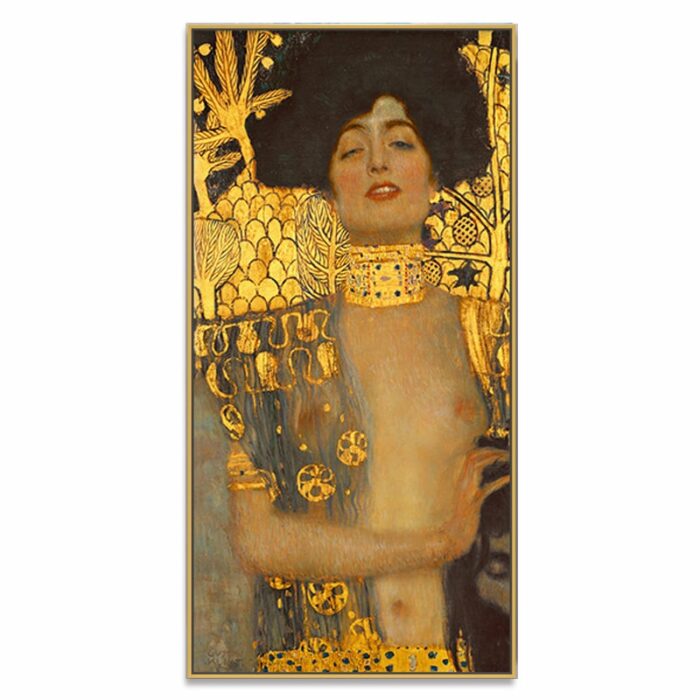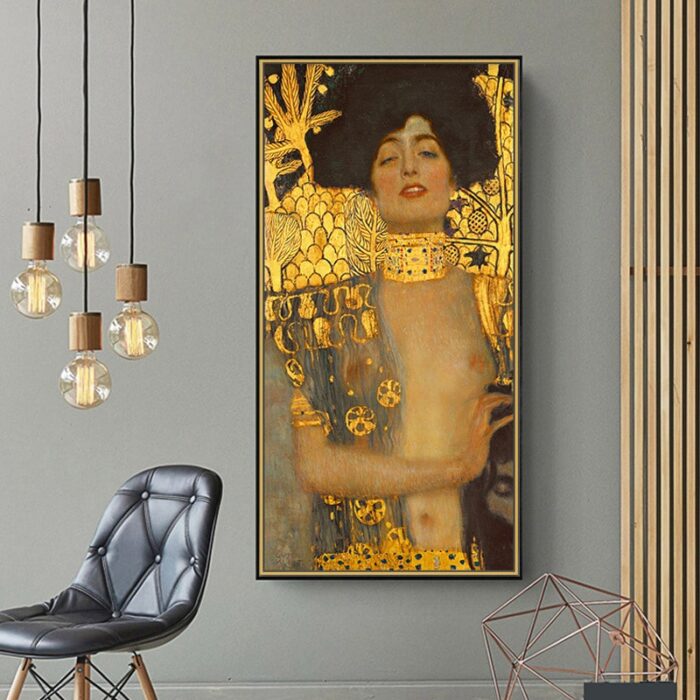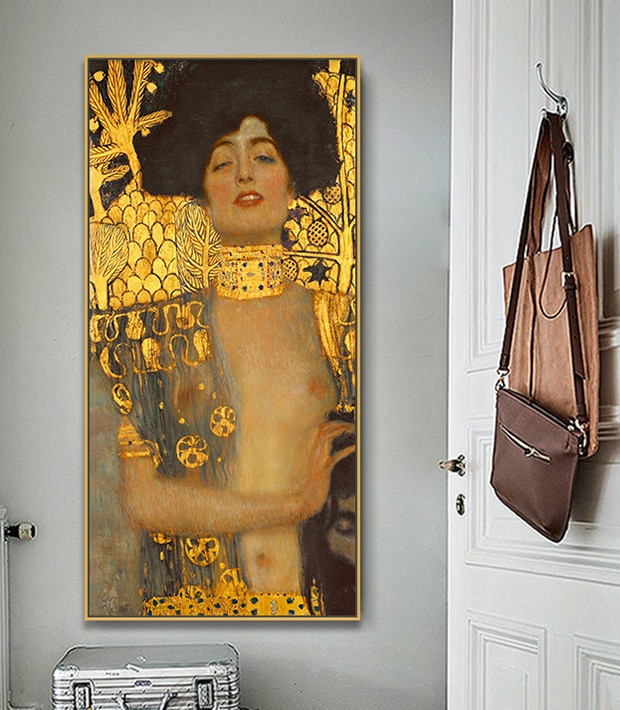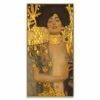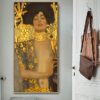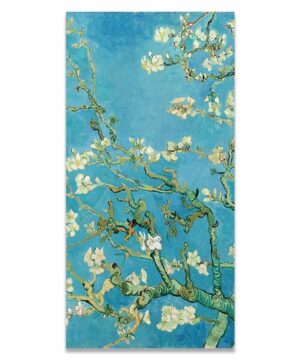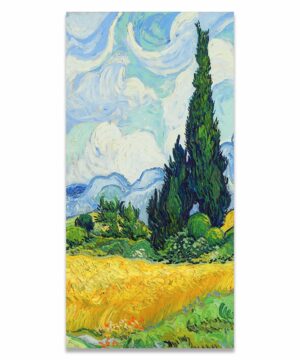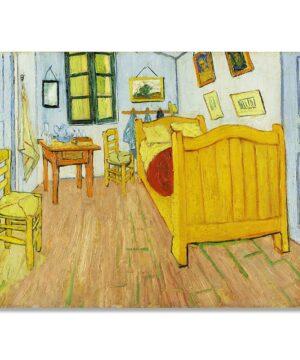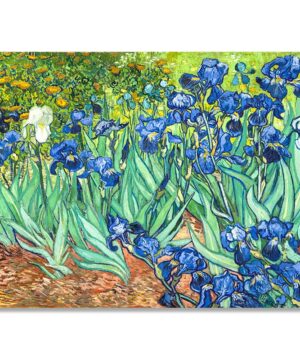As the leader of the Vienna Secession, Gustav KlimtAustrian painter Gustav Klimt (1862 –1918) was the most prominent member of the Vienna Secession movementthe Viennese interpretation of Art Nouveau. He is best known for his paintings, murals, and other objects d'art, which often incorporate gold leaf and feature the female body as the main subject. At an early stage of his artistic career, he painted architectural decorations in More was a master of SymbolismSymbolism was a late 19th-century art movement of French, Belgian, and Russian origin. Poets and fine artists were seeking to represent absolute truths using metaphorical images in reaction against realism and naturalism. Content of both images and poetry were suggestive contents to express mystical ideas, emotions, and states of mind. Paul Gauguin, Nave Nave Mahana (1869) The term was coined More. He embedded allusions to the human psyche in lavishly decorated patterns and figures populating his canvases and other artwork. Messages of human suffering, as well as pleasure and sexual liberation, would be veiled only thinly. Such is the case in Gustav Klimt’s “Judith and the Head of Holofernes”, a picture which both scandalized the Viennese establishment and at the same time brought him adherents and recognition.
Where is the picture “Judith and the Head of Holofernes” today?
The original picture of “Judith and the Head of Holofernes” is on permanent display at the Österreichische Galerie Belvedere, Vienna today.
What’s in it?
At all times, the biblical story of the young Israeli widow Judith who seduced and beheaded the Assyrian commander Holofernes to save her city from the Assyrian army has been a popular topic among painters. The most prominent examples among the Old Masters are Caravaggio’s Judith Beheading Holofernes as well as the renderings by Giorgione and Botticelli. In 1901, Gustav KlimtAustrian painter Gustav Klimt (1862 –1918) was the most prominent member of the Vienna Secession movementthe Viennese interpretation of Art Nouveau. He is best known for his paintings, murals, and other objects d'art, which often incorporate gold leaf and feature the female body as the main subject. At an early stage of his artistic career, he painted architectural decorations in More offered a new interpretation of the story, choosing Adele Bloch-Bauer as a model. The Austrian artist refrained from using the narrative approach of the artists before him, neither depicting the act of decapitation nor the subsequent moment, but rather fully focusing on the figure of Judith, the head of Holofernes being only partially visible since cut off by the edge of the canvas. Judith appears almost decapitated herself, wearing a golden choker, fashionable in early 20th century Vienna, which separates her head from the body. A thin garment with gold shimmering patterns only partially covers her body revealing her breasts.
What’s the context?
Gustav KlimtAustrian painter Gustav Klimt (1862 –1918) was the most prominent member of the Vienna Secession movementthe Viennese interpretation of Art Nouveau. He is best known for his paintings, murals, and other objects d'art, which often incorporate gold leaf and feature the female body as the main subject. At an early stage of his artistic career, he painted architectural decorations in More Facts:
In the early 1900s, Klimt was in the midst of his “Golden Period”. He created a series of paintings with iconic figures, in which he made extensive use of ornamental gold leaf and applying a two-dimensional perspective reminiscent of Egyptian or Byzantine mosaics. The portrait of Adele Bloch-Bauer in “Judith with the Head of Holofernes” quintessentially exemplifies this “Golden Period”, further pictures include “Danae” (1907) and most famously, “The Kiss” (1908).
Chatter and Prattle
- The picture of Judith holding the head of Holofernes shocked the residents of Vienna. The ecstatic expression on her face, the tense fingers passionately clutching the head of Holofernes, and her nudity seemed not to suit the image of a virtuous widow who sacrificed her virtue to save her hometown from the enemy.
- Art critics have called Gustav KlimtAustrian painter Gustav Klimt (1862 –1918) was the most prominent member of the Vienna Secession movementthe Viennese interpretation of Art Nouveau. He is best known for his paintings, murals, and other objects d'art, which often incorporate gold leaf and feature the female body as the main subject. At an early stage of his artistic career, he painted architectural decorations in More a “Frauenversteher” – an “understander of women”. The women he portrayed, including Adele Bloch-Bauer, exuded profound eroticism, strength, and confidence. It has been widely speculated – and never confirmed – that Adele and Klimt had an ongoing affair. However, in all his paintings, Bloch-Bauer always appears grand and exalted.
Recommended Readings:
This article may contain compensated links. Please read Disclaimer for more info. As an Amazon Associate, I earn from qualifying purchases.
Tobias G. Natter (2017): Gustav Klimt. Complete Paintings
Eva di Stefano (2008): Gustav Klimt: Art Nouveau Visionary
Anne-Marie O’Connor (2012): The Lady in Gold: The Extraordinary Tale of Gustav Klimt’s Masterpiece, Portrait of Adele Bloch-Bauer [Deckle Edge]
Stephan Koja (2019): Gustav Klimt: Landscapes
Michael Kerrigan (2015): Gustav Klimt: Art Nouveau and the Vienna Secessionists (Masterworks)

